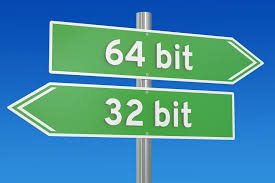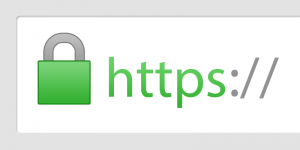 My mail server was installed in 2007 and has always been a 32-bit system. It was originally a physical machine, a Pentium-based assembled unit. In 2010 I virtualized it with a p2v (physical to virtual) operation performed via rsync.
My mail server was installed in 2007 and has always been a 32-bit system. It was originally a physical machine, a Pentium-based assembled unit. In 2010 I virtualized it with a p2v (physical to virtual) operation performed via rsync.
Since then it has always run inside a 32-bit virtual machine in VMWare. No particular problem as Slackware Linux still continues to actively support the 32-bit distribution, keeping it completely in sync with the 64-bit version.
Recently, however, I faced the problem of deciding whether it made sense to continue keeping this one 32-bit server while all my others are 64-bit. Especially because, for specific reasons, I started compiling the kernel independently for all my virtual machines, which forced me to set up a compilation VM for 64 bits and one for 32 bits, and therefore to repeat the compilation of the kernel twice.
Furthermore, the fact that Slackware Linux continues to support the 32-bit distribution does not mean that it will continue to do so forever. Virtually all major distributions in recent years have made the decision to only offer a 64-bit version that has enough compatibility to run 32-bit binaries as well. It is possible that sooner or later Slackware Linux will also make this type of decision.
So I convinced myself to switch the server to 64 bit. However, I didn’t want to do a clean installation and then migrate the services. There are 17 years of configurations and customizations in this server and having to do it all over again is one of the reasons why I have never thought about converting it until now. I also like the idea of preserving the age of installation of a server, a bit like when you try to preserve uptime for as many days, months, years as possible.
I therefore thought of using a conversion method that was not officially supported but which logically had every chance of working, that is, taking the latest 64-bit Slackware Linux installation DVD corresponding to the update level of my 32-bit server , boot the virtual machine with this DVD and mount the installed OS partition, then replace all the installed packages with the equivalent 64-bit packages. Finally, reset the kernel to boot and go.
I tested this operation on a clone of the vm and it worked without problems. So after some time I acted on the actual machine with positive result.
After booting and starting the system, now 64 bit, I proceeded to recompile and reinstall the binaries coming from packages that were not part of the official DVD.
The whole thing took about 4-5 hours in total but it was worth it. Now the mail server is to all intents and purposes a 64-bit system originally installed in 2007 but to all intents and purposes upgradeable and maintainable like all the other 64-bit systems in my possession.


 Between yesterday and today I changed the SSL certificate used on the websites of lonestar.it and unixportal.net, and for the SMTP / IMAP mail services of mail.lonestar.it.
Between yesterday and today I changed the SSL certificate used on the websites of lonestar.it and unixportal.net, and for the SMTP / IMAP mail services of mail.lonestar.it.


